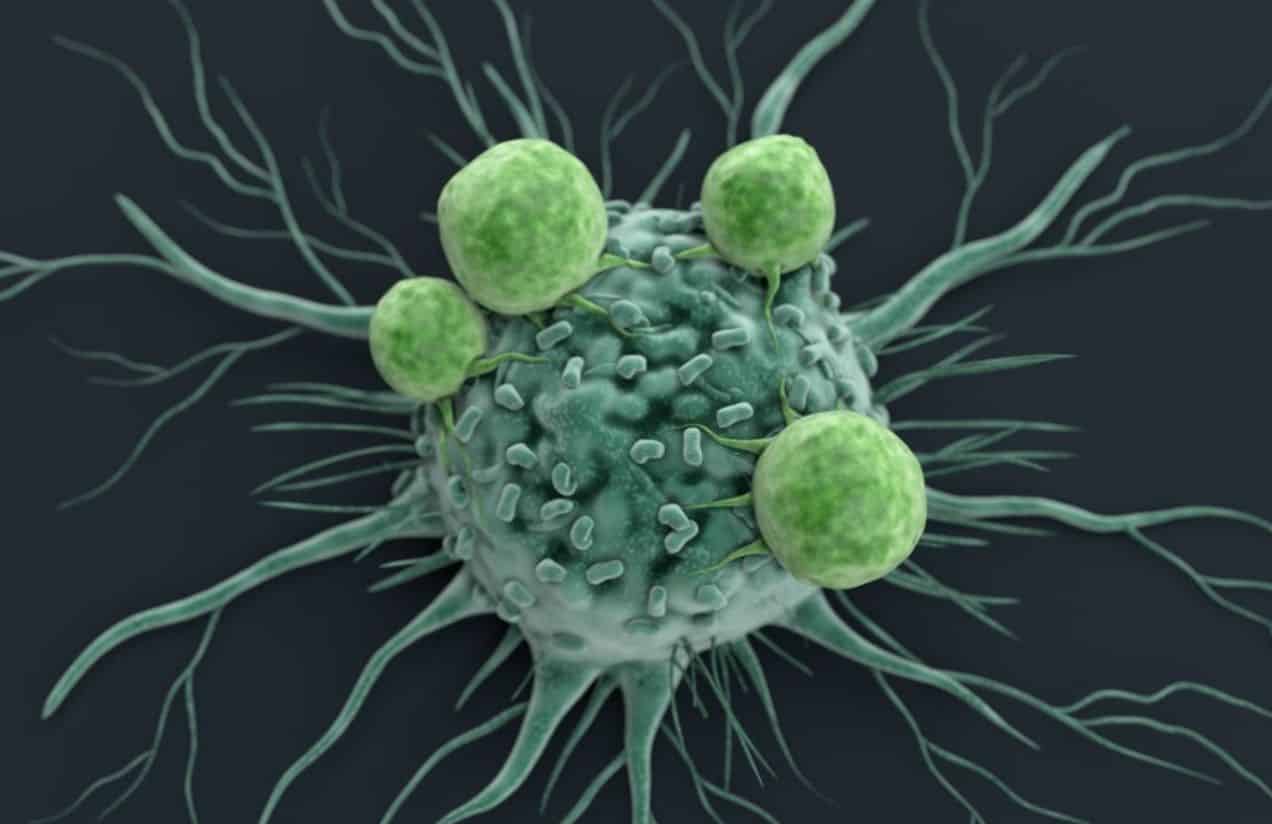In triple-negative breast tumors, researchers have discovered a new type of cancer cell that is particularly effective at colonizing distant organs such as lungs and also limits their growth after colonization.
These cells are characterised by a slower synthesis of the srGAP1 protein, which is typically linked to the development of cancer.
According to a paper published in Cell Reports, researchers from The Tisch Cancer Institute have discovered a mechanism by which specific breast cancer cells control their own metastases, promote dissemination from the original tumor site, and choose how to invade distant organs like the lungs.
For the first time, in triple-negative breast tumors, researchers have discovered a new type of cancer cell that is particularly effective at colonizing distant organs such as lungs and also limits their growth after colonization.
These cells have reduced production of a protein called srGAP1, which is generally associated with cancer progression.
In animal models, scientists discovered that these unique cells induce a mechanism that maintains their dormancy in distant organs such as the lungs.
This is an important discovery since cancer cells must efficiently live in distant regions, and their “asleep” state helps them to escape therapies that target their typical rapid proliferation. Missed cells may subsequently develop into metastatic cancer.
The results “emphasize the importance of considering phenotypic changes that could occur when treating cancer cells with therapeutic strategies that target proliferating cells such as chemotherapy,” highlights Jose Javier Bravo-Cordero, PhD, Associate Professor of Medicine (Hematology and Medical Oncology) at The Tisch Cancer Institute at Mount Sinai.
“While these treatment regimens target dividing cells,” the researcher adds, “they may also be selecting for more invasive tumor cells.
“Our studies suggest that more selective therapeutic strategies combining treatments against both dividing cells and invasive dormant cells may be necessary to prevent metastatic disease.”
For this study, researchers utilised high-resolution in vivo imaging to examine extravasation, the process by which tumor cells leave blood arteries and enter a target region.
This event was seen in real-time, exposing the first phases of tumor extravasation in unparalleled detail.
After invading the lungs, these tumor cells secrete the protein TGF2 and enter a latent state, as indicated by microscopy studies.
The research also demonstrated that affecting that protein can prevent tumour cells from invading the lungs.
Source: THE MOUNT SINAI HOSPITAL / MOUNT SINAI SCHOOL OF MEDICINE
Image Credit: Getty
You were reading: Unique Cancer Cells That Can Trigger Their Own Dormancy Identified
